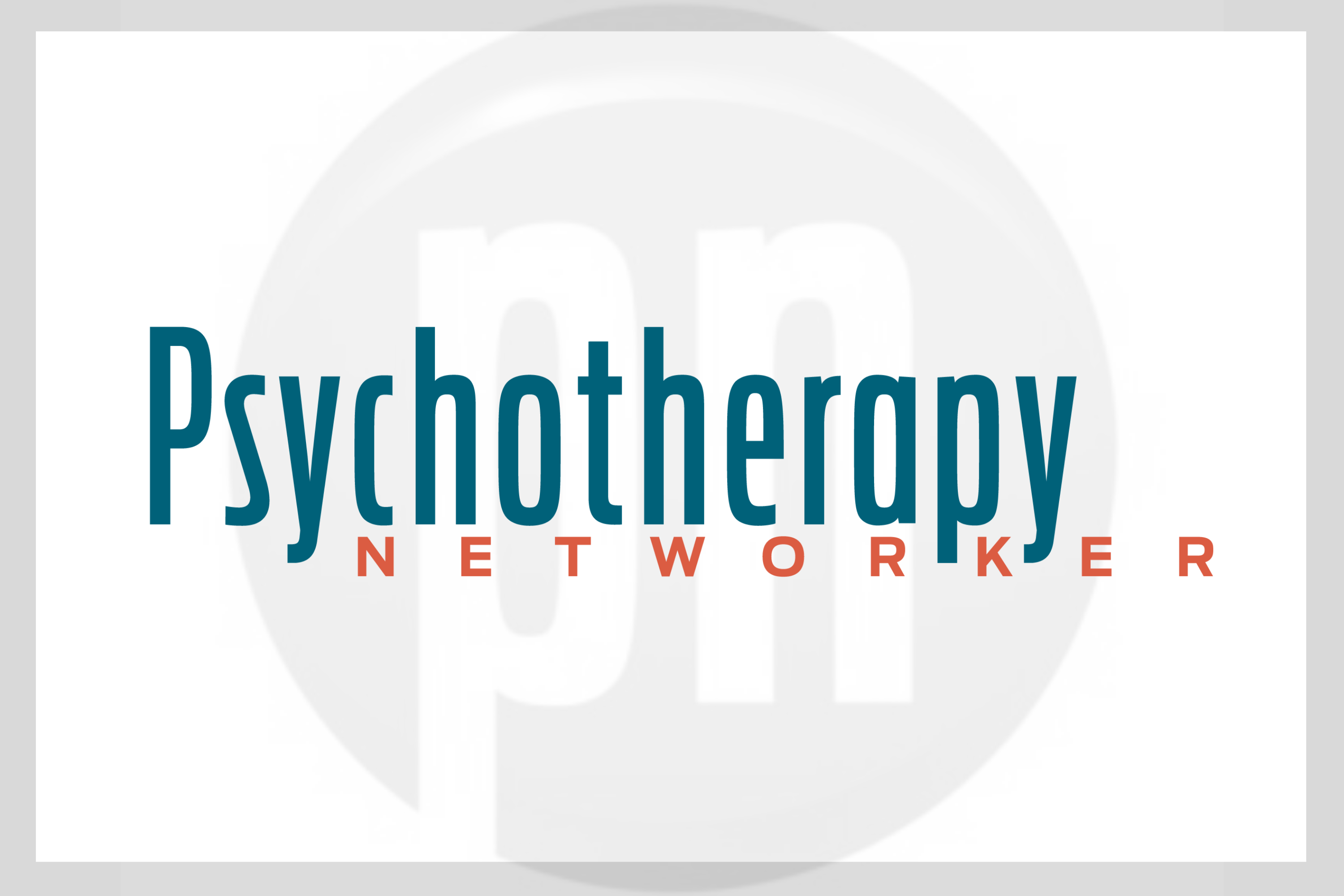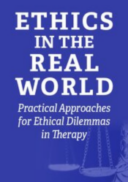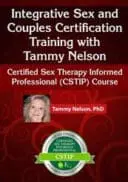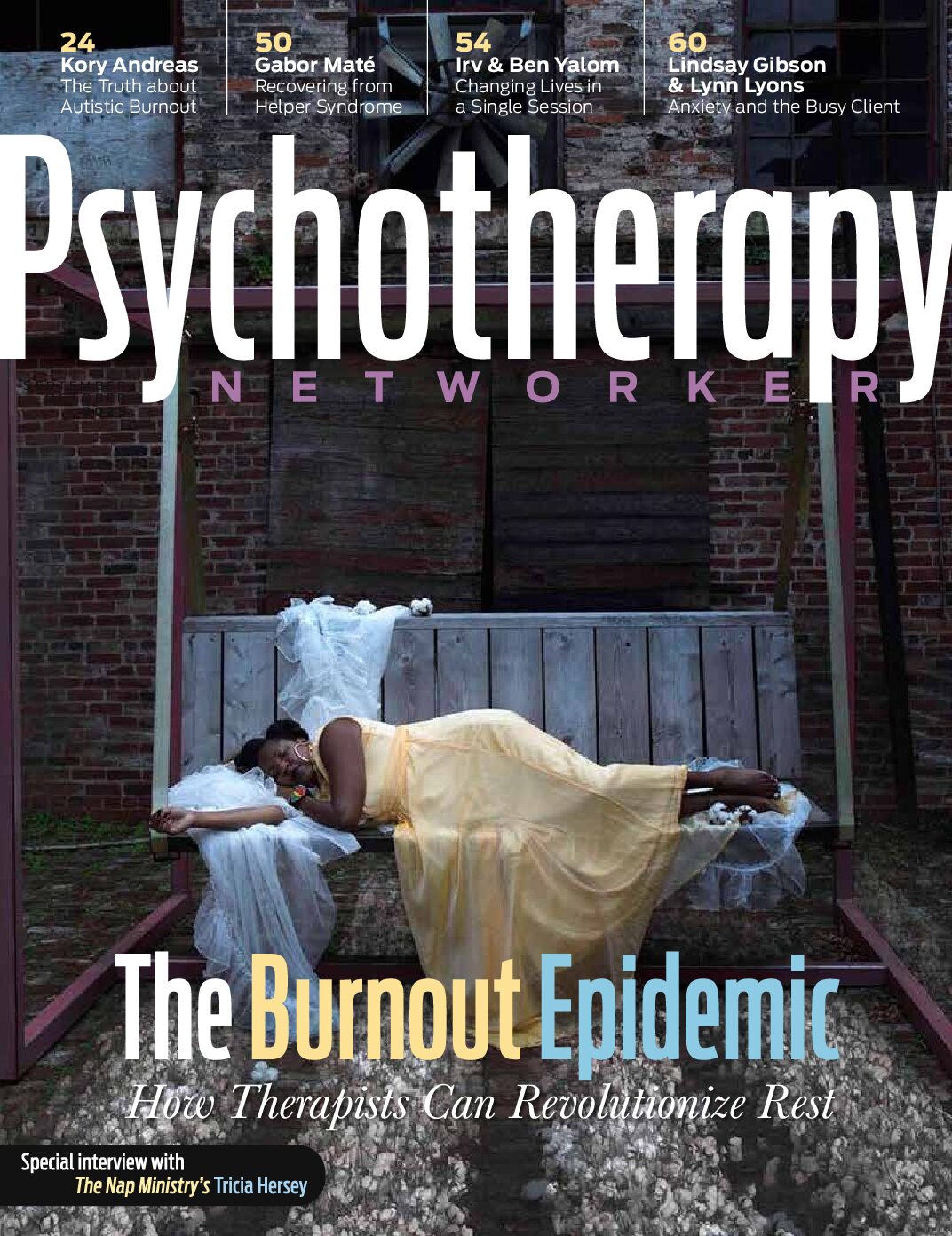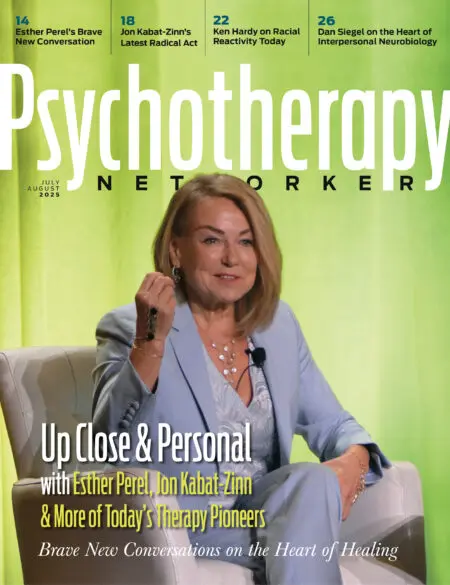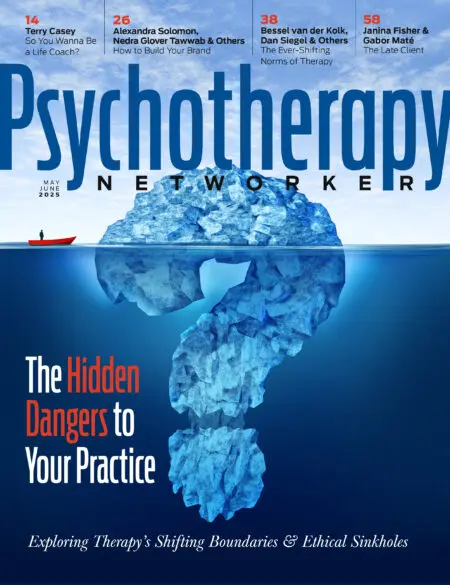Back in the late 1970s, a motley crew of Vietnam War vets, sympathetic psychiatrists, antiwar activists, and church groups undertook a crusade to have a hastily-assembled new diagnosis almost completely innocent of scientific research included in the DSM-III.
Driven by a sense of mission and responsibility to the huge population of Vietnam vets and buoyed by the accumulating everyday clinical evidence that their war experience had profoundly disrupted the lives of thousands and thousands of young men, this unlikely coalition prevailed.
Once established as a distinct disorder in the official manual of psychiatric diagnoses, the otherwise unaccountable behavior of badass vets—their hair-trigger tempers, violence toward wives and girlfriends, drinking and drugging, difficulty getting and keeping jobs, social alienation—suddenly made sense. There was a reason for it and the reason had a name and that name was Post-Traumatic Stress Disorder (PTSD).
A PTSD diagnosis is quite straightforward. A person is exposed to a traumatic event or events “that involved actual or threatened death or serious injury, or a threat to the physical integrity of self or others,” causing “intense fear, helplessness, or horror,” and followed, down the line, by variations on intrusive re-experiencing of the event, persistent and crippling avoidance, and increased arousal patterns.
Clear, brief, intuitively sensible, the definition of PTSD diagnosis implies a kind of satisfyingly simple, dramatic, and implicitly moral story line: Individuals are innocently minding their own business when—wham!—they’re slammed by a frightful, shattering, life-threatening happenstance, and are never the same again. The trauma may have “ended,” but not in the perpetually recycling memories and disrupted nervous systems of the victims.
Yet no sooner had the PTSD diagnosis been signed, sealed, and delivered, that many clinicians began to realize that the new diagnosis by no means encompassed the experience of all traumatized clients.
Soon after the publication of DSM-III, Boston psychiatrist and trauma expert Bessel van der Kolk recalls that a woman came to see him after she’d beaten up her boyfriend. “She said, ‘I have PTSD,” he says, “but after I’d spent some time with her, I told her, ‘No, actually you don’t have PTSD, you have something else. You cut yourself, you space out a lot and don’t remember things, you shift personality, you feel lots of shame and self-blame, you get extremely upset by very small things—that’s not PTSD.’”
Even though she did show signs that aligned with a PTSD diagnosis, her symptoms seemed to take off from there into unexplored territory—a psychological terrain very different from that of traumatized vets.
The patients van der Kolk was seeing, almost entirely women, had multiple, often severe, and apparently global problems affecting their sense of identity and self-perception, their relationships, their ability to moderate emotion, even their physical health. They also shared one other feature: They all reported histories of childhood incest.
In the popular ferment generated by the feminist movement of the ‘70s, women were beginning to tell stories previously never mentioned in public, revealing the appalling ordinariness of rape, wife-battering, child abuse, and incest. Therapists willing to take seriously what their female patients were telling them began learning about an unsuspected and nasty underside of American domestic life and the effects of child abuse.
These therapists soon discovered that the PTSD diagnosis was simply too narrow to encompass the extent and the messiness of what needed to be described. But then, neither did any other diagnosis.
“As long as we live in a world in which there are no definitions and no language for what’s wrong with people, we can’t do anything about it,” observed van der Kolk. “When a diagnosis ignores the reality of what people suffer from, we’re living in psychiatric la-la land.”
Mary Sykes Wylie
Mary Sykes Wylie, PhD, is a former senior editor of the Psychotherapy Networker.

